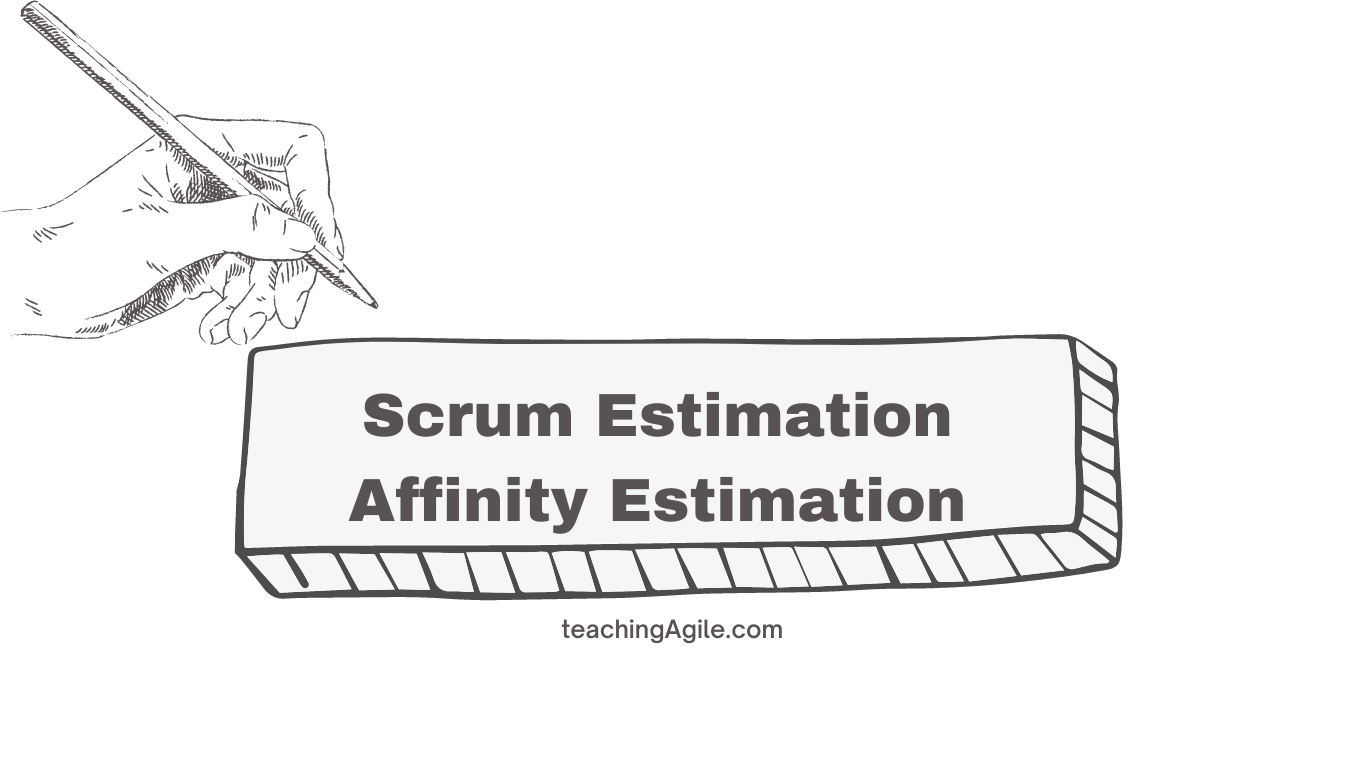
Scrum Planning and Estimation: Affinity Estimation
Welcome to this lesson on Affinity Estimation, a collaborative and efficient estimation technique used in Scrum Planning and Estimation. Affinity Estimation involves grouping Product Backlog Items (PBIs) based on their relative effort, enabling the Development Team to quickly and effectively estimate large sets of items. In this lesson, we will discuss the purpose, benefits, and steps involved in Affinity Estimation.
 Scrum Planning and
Estimation: Affinity Estimation
Scrum Planning and
Estimation: Affinity Estimation
Purpose of Affinity Estimation
Affinity Estimation serves several key purposes within the Scrum framework:
-
Efficiency: Affinity Estimation allows the Development Team to estimate large sets of PBIs quickly and efficiently, making it well-suited for large or complex projects.
-
Collaboration: Affinity Estimation encourages collaboration among the Development Team members, fostering a shared understanding of the effort required for each PBI.
-
Relative Comparison: Affinity Estimation focuses on comparing the relative effort of PBIs, rather than estimating the exact effort required, which can be more accurate and less time-consuming.
-
Adaptability: Affinity Estimation can be easily adapted to different estimation scales, such as T-Shirt Sizes, Story Points, or Ideal Hours, depending on the Scrum Team's preferences and needs.
Benefits of Affinity Estimation
Affinity Estimation offers several benefits compared to traditional estimation techniques:
-
Speed: Affinity Estimation enables the Development Team to estimate PBIs rapidly, saving time and effort compared to other estimation methods.
-
Visual Representation: Affinity Estimation provides a visual representation of the relative effort required for each PBI, making it easier to understand and communicate the estimates.
-
Consensus Building: Affinity Estimation helps the Development Team reach a consensus on the estimates, ensuring that everyone is on the same page and understands the expectations for each PBI.
-
Scalability: Affinity Estimation is well-suited for estimating large sets of PBIs, making it an ideal technique for large or complex projects.
Steps in Affinity Estimation
Affinity Estimation typically involves the following steps:
-
Prepare PBIs: The Product Owner prepares a set of PBIs from the Product Backlog, ensuring that they are clearly defined and have well-understood acceptance criteria.
-
Introduce Estimation Scale: The Scrum Team selects an estimation scale, such as T-Shirt Sizes or Story Points, to use during the Affinity Estimation session.
-
Silent Sorting: The Development Team members silently sort the PBIs into groups based on their relative effort, without discussing their decisions with one another.
-
Review and Discuss: Once all PBIs have been sorted, the Development Team reviews the groups, discussing any differences in opinion and reaching a consensus on the appropriate group for each PBI.
-
Assign Estimates: The Scrum Team assigns estimates to each PBI based on the selected estimation scale, using the relative effort groups as a guide.
-
Repeat as Needed: If new PBIs are added to the Product Backlog or significant changes are made to existing items, the Scrum Team can conduct additional Affinity Estimation sessions as needed.
In conclusion, Affinity Estimation is an effective and efficient estimation technique in Scrum Planning and Estimation that allows Development Teams to quickly and collaboratively estimate the relative effort required for large sets of PBIs. By using Affinity Estimation, Scrum Teams can improve their communication, collaboration, and estimation accuracy, leading to more effective planning and forecasting. Give Affinity Estimation a try, and enjoy the simplicity and benefits of this estimation technique!